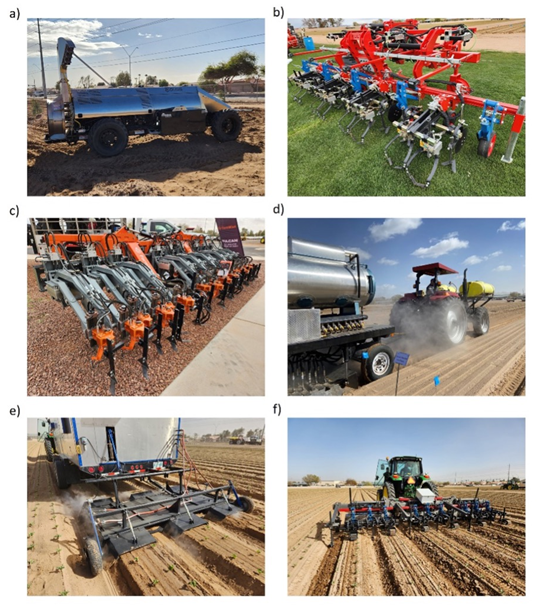Jul 10, 2024
Virus transmission: Part III (2024)
Viruses vectored by insects
We are on the final section of virus transmission. Virus transmission by insects is one of the most efficient and economically important transmission in agriculture. When you have insects in your crops, not only you are losing your crops because of feeding/chewing by insects, a lot of insects also act as a vector of plant viruses.
Seven out of 29 orders of insect feeding on living green land plants are vectors of plant viruses.
Insect transmit viruses in 4 distinct modes:
- Non persistent transmission: The insects can acquire the virus in a matter if seconds/minutes and they are immediately viruliferous. The virus in retained in the stylet of the insect and are transmitted to the next plant the insect feeds on. The virus is retained in the vector only for few minutes and is lost after insect molting. Most viruses transmitted by aphids are non persistent. So when you see few aphids in your melon field and see cucumber mosaic virus symptoms 1-2 weeks later in your field, don’t be surprised. Aphids are efficient vectors, and since viruses are systemic it takes anywhere from few days to 2-3 weeks for the plants to show symptoms. Thus it is very important to manage insects in the field even if you don’t think the ‘pressure’ is not as high.
Viruses transmitted in non-persistent manner:
Papaya ringspot virus
Zucchini yellow mosaic virus
Watermelon mosaic virus
- Semi-persistent transmission: The insects can acquire the virus in minutes/hours and there is no latent (incubation) period in the insect. The virus can stay in the insects foregut for hours and is lost after insect molting. Some species of aphids and whiteflies fall in this category. Example: Cucurbit yellow stunting disorder virus in melons transmitted by whiteflies.
- Persistent circulative: Insects have to feed on virus infected plants for hours/days to acquire the virus and the virus has to incubate for hours/days in the insect. After insect can transmit the virus for weeks. Virus can be present in the vectors hemolymph but there is no multiplication of virus in the insect body. Vectors in this transmission includes: Aphids, leafhopper, whiteflies, treehopper.
Example: Beet curly top virus transmission by beet leafhopper
- Persistent propagative: Insects have to feed on virus infected plants for hours/days to acquire the virus and the virus has to incubate for hours/days in the insect. After insect can transmit the virus throughout its lifespan. The virus can multiply in the vector system and often times the virus particles are also passed on to the insect offspring. Tomato spotted wilt virus is transmitted on persistent propagative manner by 9 different species on thrips.

Save the Date : 2024 Plant Pathology Workshop
When: August 29th 8AM-12 PM ( breakfast and Lunch provided by Gowan Company and BASF)
Where: Yuma Ag Center, 6425 W 8th Street
What will covered: Plant Pathology program Updates, past season field trial results (we
have some exciting results to share), Q&A to help better Plant pathology program,
Industry panel discussion for all your industry related questions! See you in few weeks!
To contact Bindu Poudel go to:
bpoudel@email.arizona.edu











